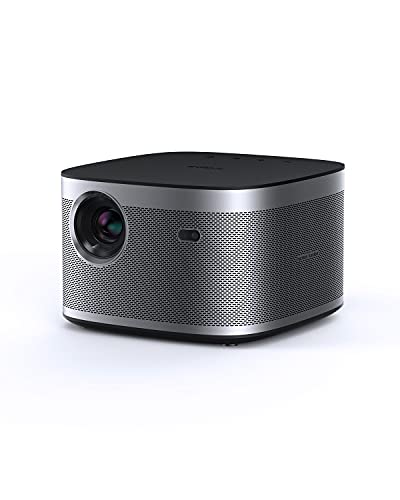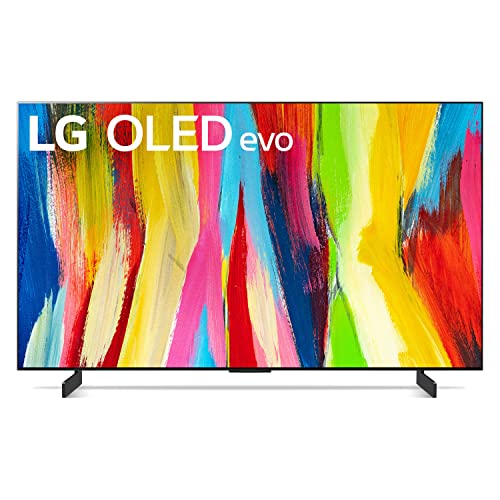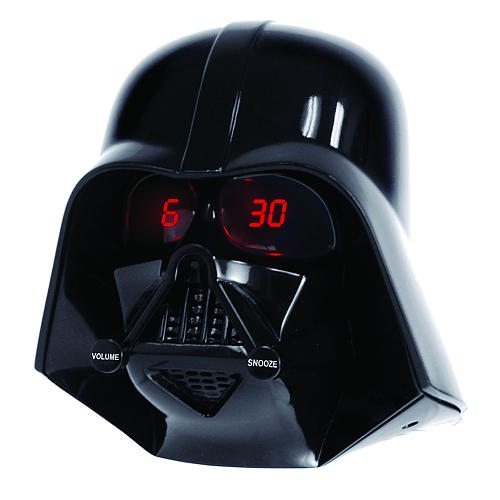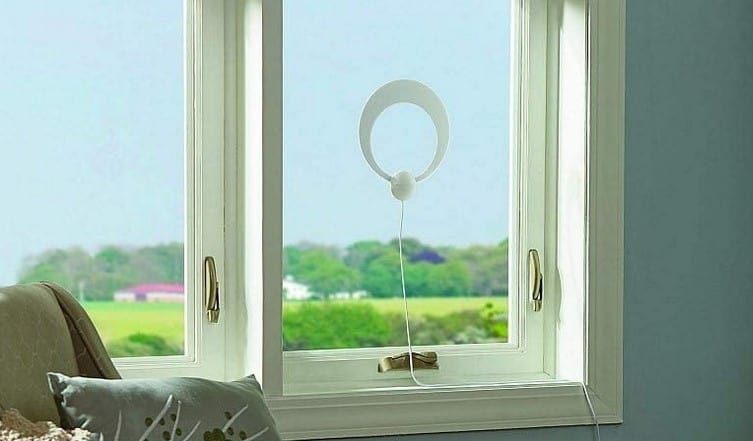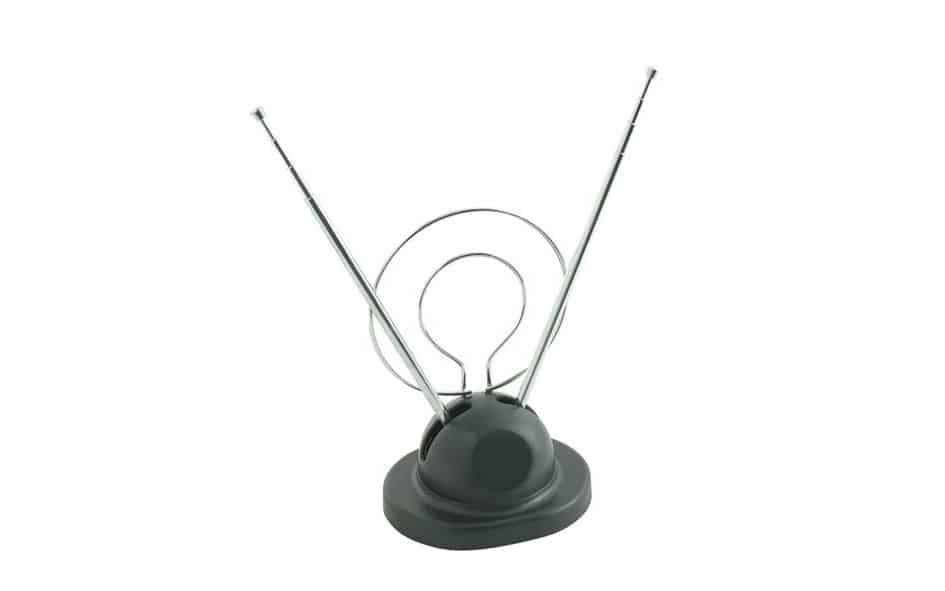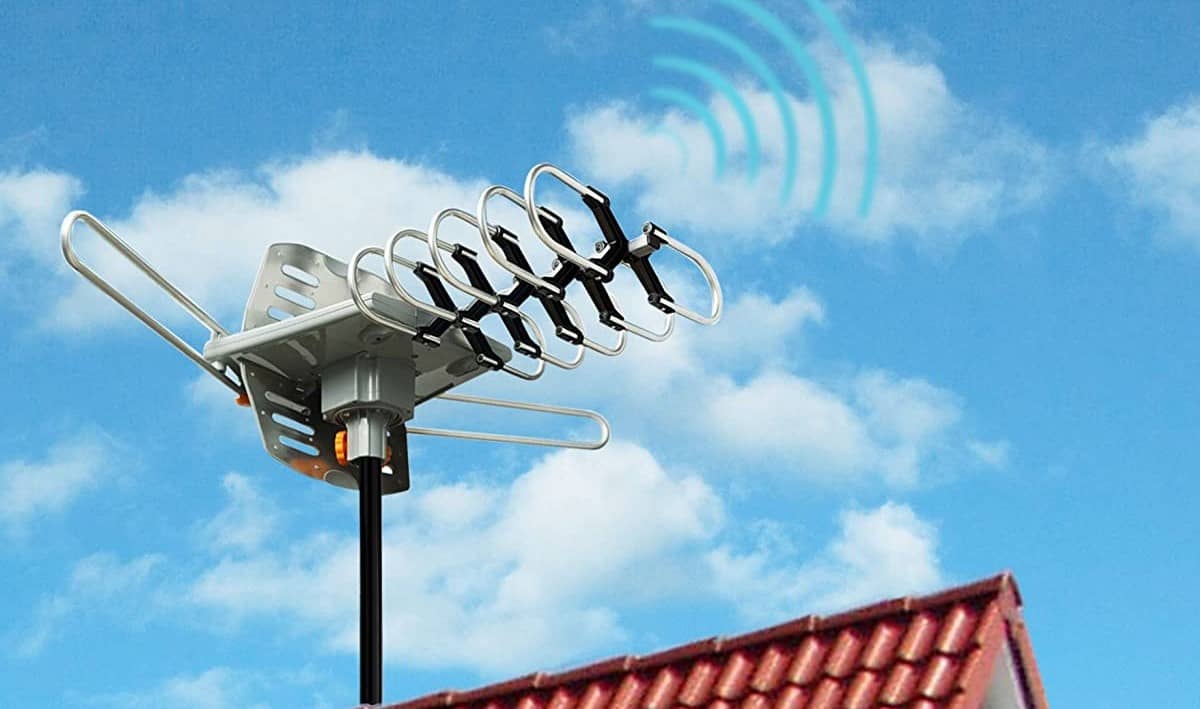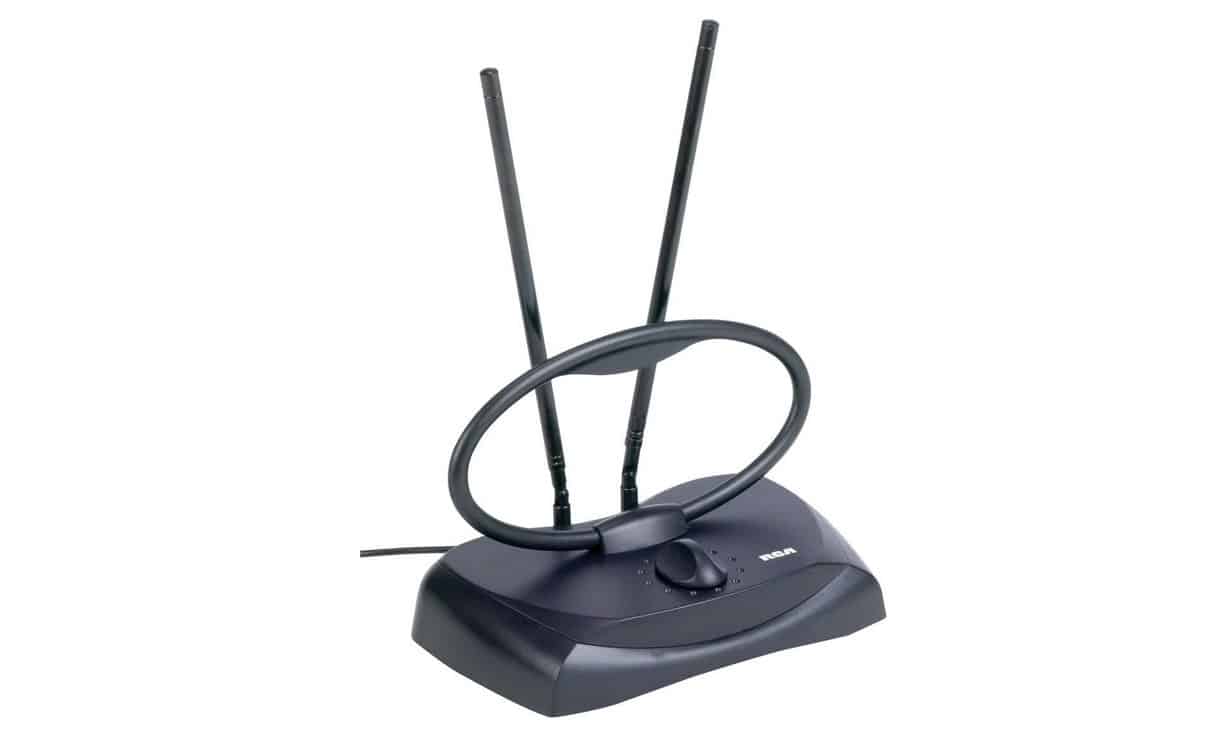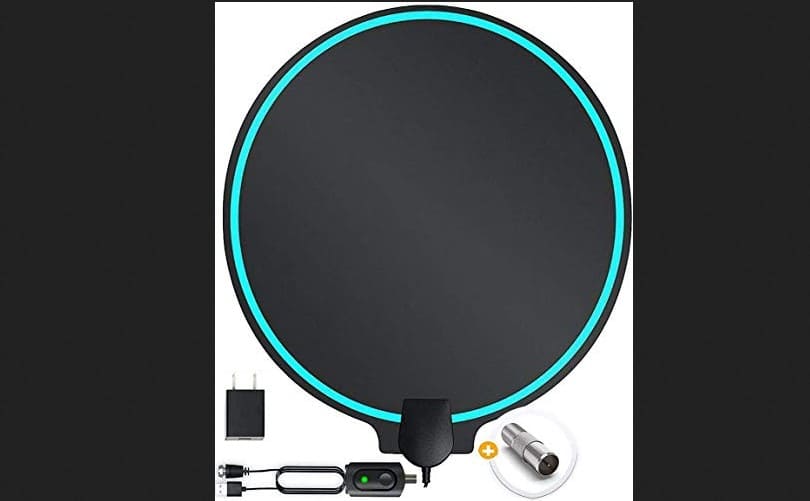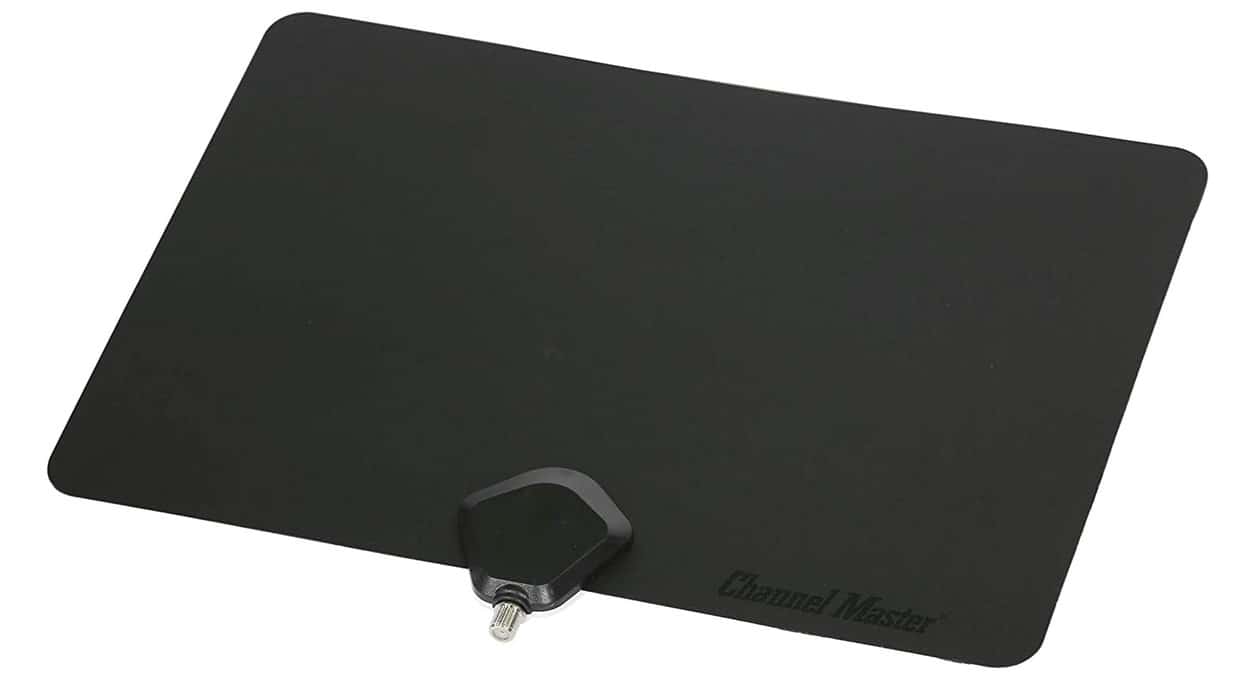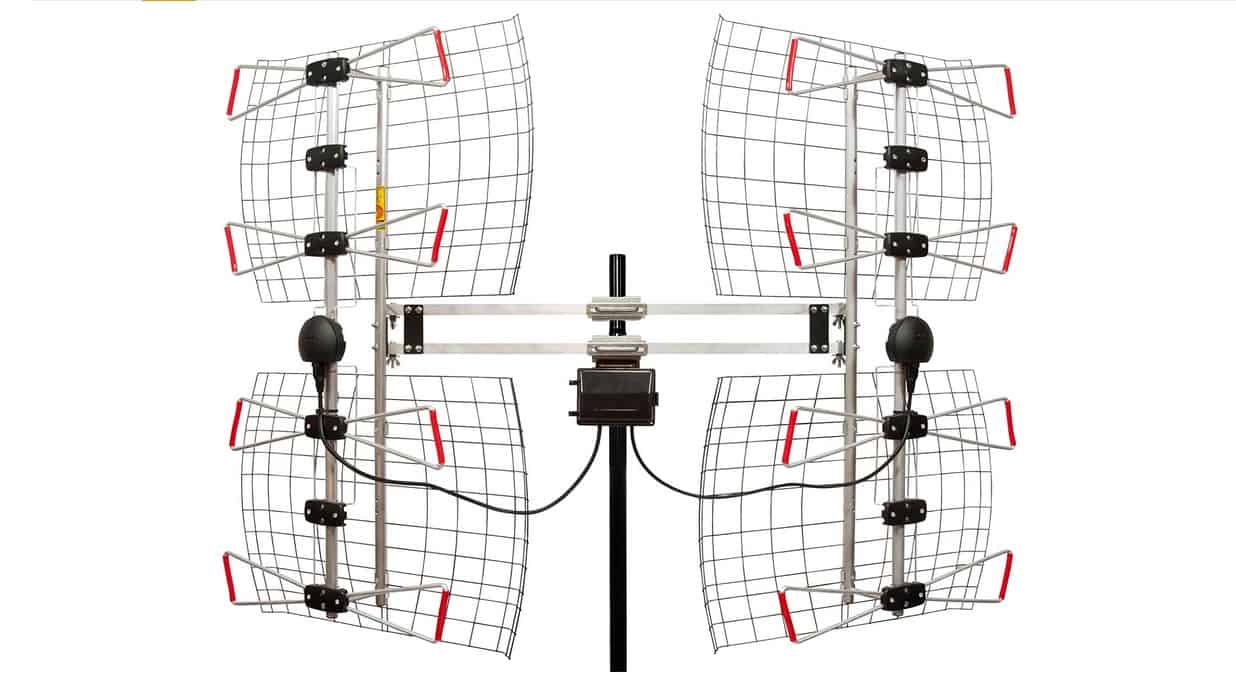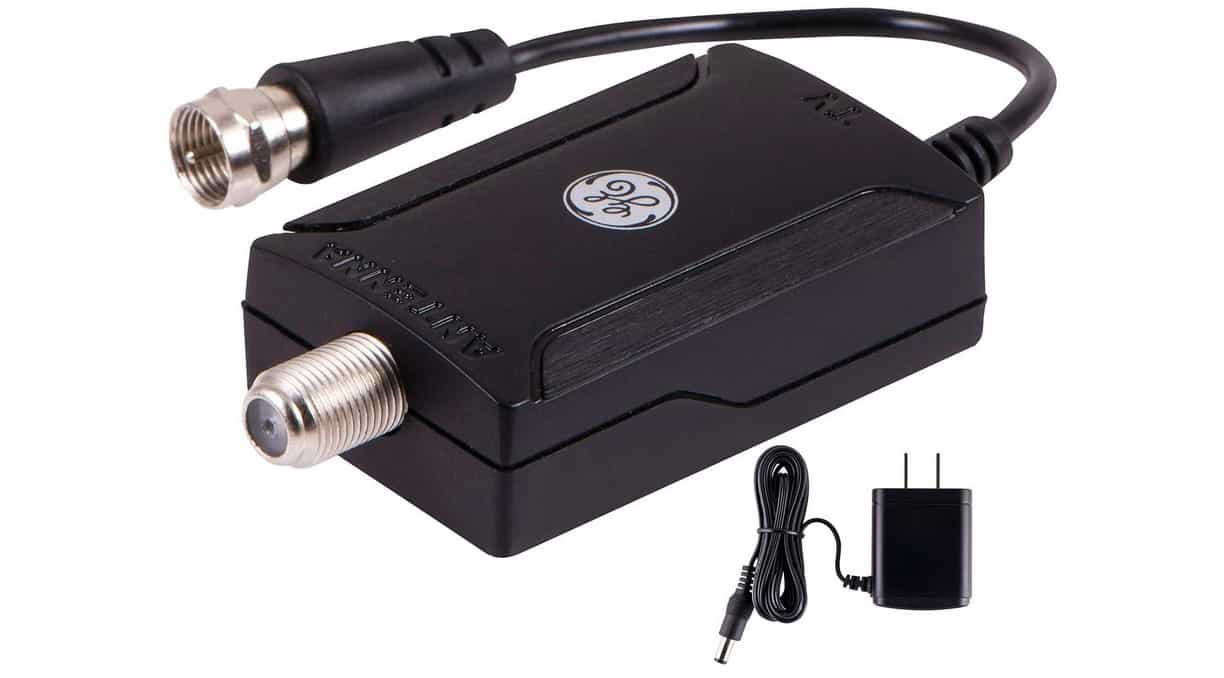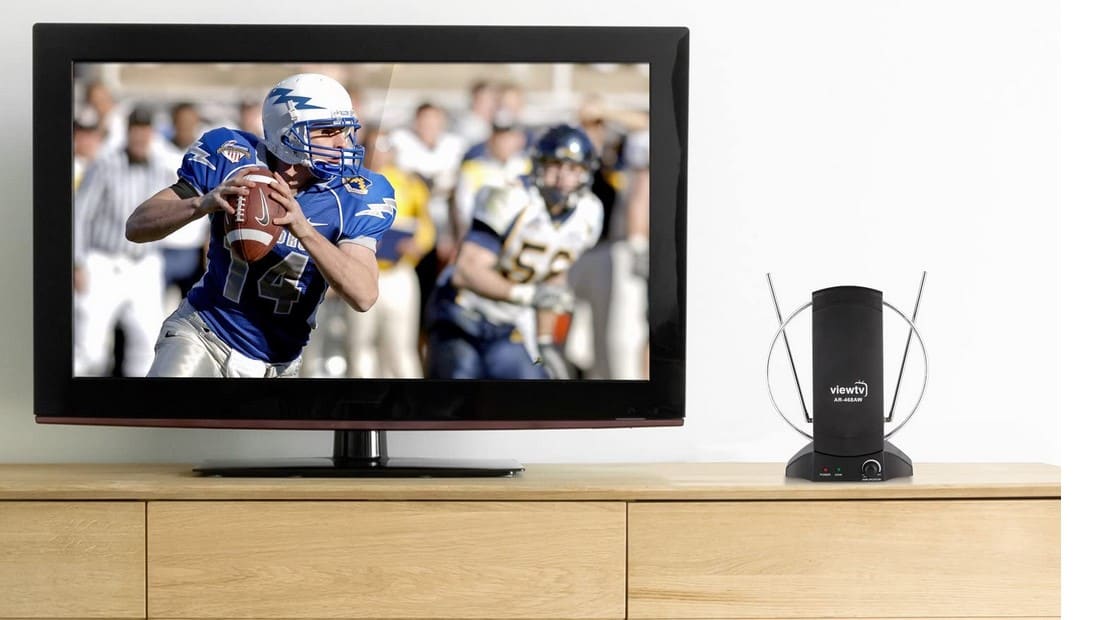Many come across a split path when hunting for the best TVs: projector or TV? Each has its merits, demerits, and own set of characteristics. One significant point of debate deals with the projector vs tv power consumption levels. Here, we’ll outline the power usage of each display type, as well as the overall cost of ownership. And when shopping for TVs, it’s also good to know what separates an outdoor TV from an indoor TV.
KEY TAKEAWAYS:
- Generally, projectors consume more energy than TVs, no matter the picture quality.
- An increasing amount of modern projector options, like LED projectors, reduce energy costs.
- Older style TVs, like Plasma TVs, use nearly as much energy as a projector screen.
Differences Between Projector vs TV Energy Consumption
It’s typically recognized that when comparing a projector screen to an LED TV, you will most likely have a lower electric bill by going with the LED. However, if it’s a contest between projectors and Plasma TVs, the numbers begin to look the same. This difference is because Plasma TVs are known to use close to 70% more power than your typical LED TV.
Insider Tip
If you want to measure the amount of power you are using, you can check with a watt measuring device.
Wattage Per Hour
A standard projector uses anywhere from 150-800 watts per hour, with the average coming in at around 300. In comparison, TVs average between 80-400 watts per hour. But for either viewing experience, it greatly depends on the type of display you get, the screen size, and–of course–how much you use it. LED TVs will probably use the lowest amount of watts per hour, which is why it might be helpful to check out more differences between a QLED TV vs LED.
Energy Efficiency
By a rough estimate, the cost to run a projector is $0.03/hour. Comparing this to a modern TV, which costs about $0.01/hour, it’s clear that projectors tend to hog more energy. But while an LCD projector is known to use more power, LED and Lampless projectors are now designed to be more energy-efficient.
The same goes for TVs. LED TVs are very cost-effective for power consumption. Still, the older Plasma TVs and liquid crystal displays remain closer in energy cost to projectors.
How to Reduce Power Consumption
Suppose you own a projector and are looking to reduce the average wattage. In that case, there are specific setting configurations you might be able to use. First, check your projector for an “eco’ mode. This setting reduces the bulb’s brightness and should reduce power by close to 20%.
Warning
If energy consumption is a worry, make sure to look into the types of projector available. LCD projectors or laser projectors use much more energy-efficient than LED models or battery-powered projectors.
F.A.Q.S
How do you measure a projector’s power consumption?
There is a device called an electricity usage monitor that calculates and measures the electrical cost of your projector.
How many lumens are needed to see a screen in direct sunlight?
For rooms with much ambient light, it’s recommended that you have a projecture with around 2,500 lumens to achieve sharp images. However, for a controlled environment, you’ll only need closer to 1,500 lumens.
Is an LED Projector Better Than An LED TV?
An LED TV will have brighter and clearer images and be more power-efficient. However, projectors will give you larger images, giving a more immersive experience.
STAT: The recommended screen size for a projector is between 100”-120”. The size and quality you wish to project with will also determine the amount of watts/hour. (source)
REFERENCES:














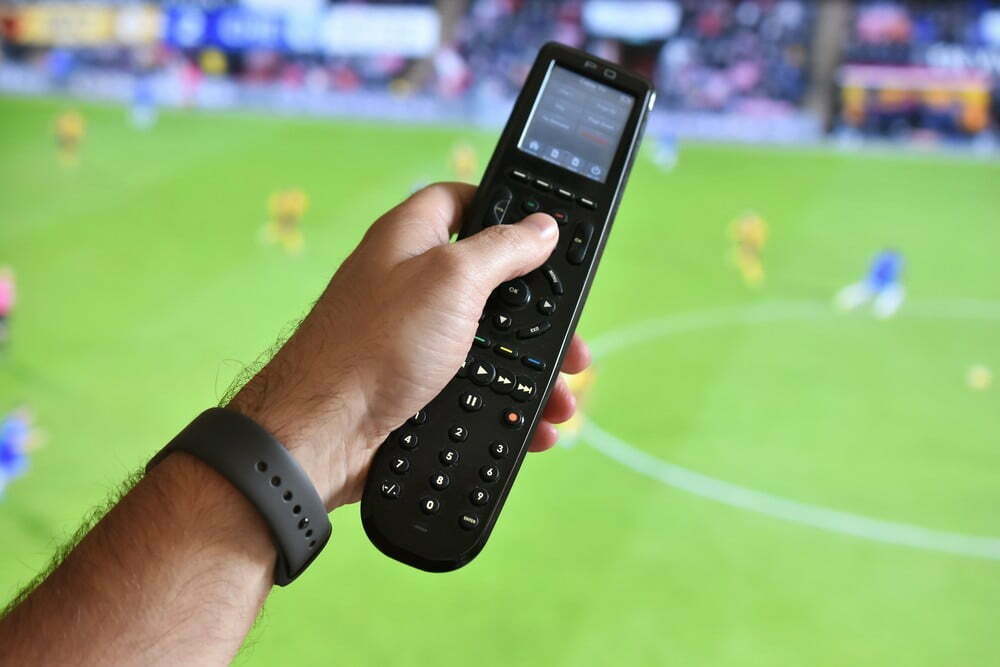
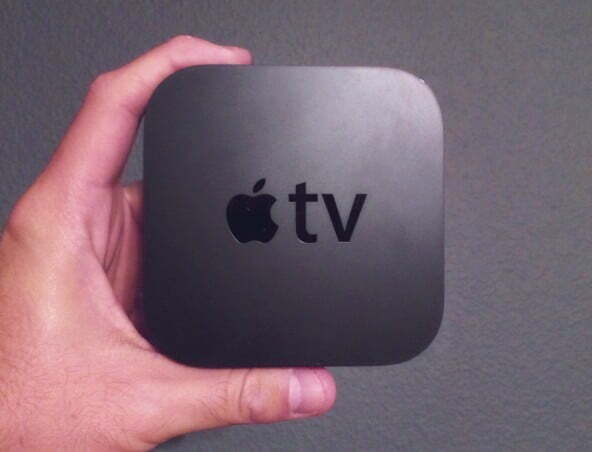
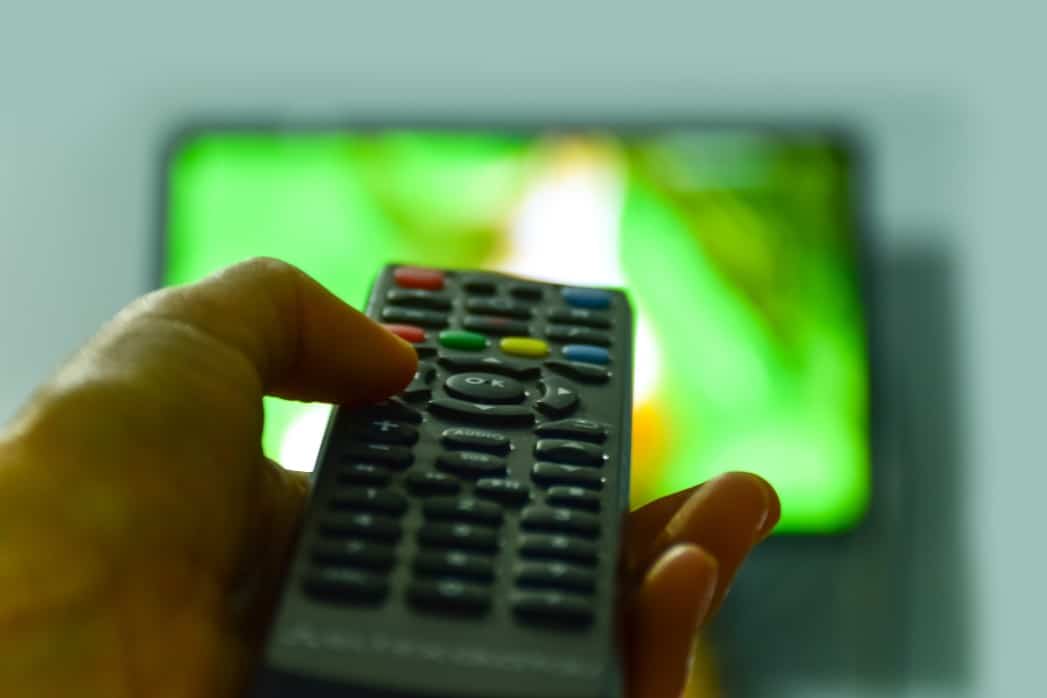
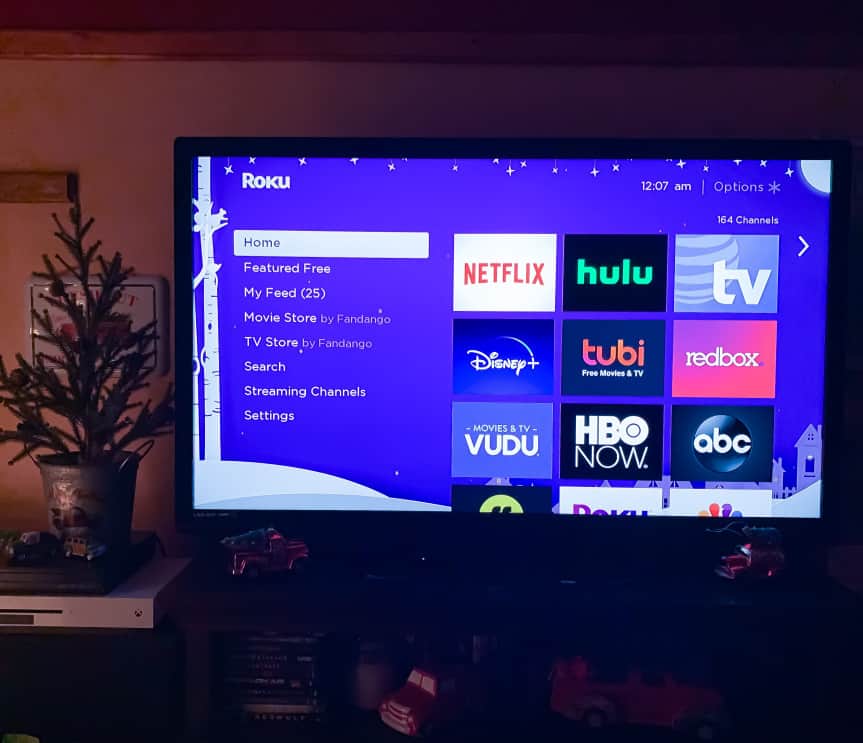
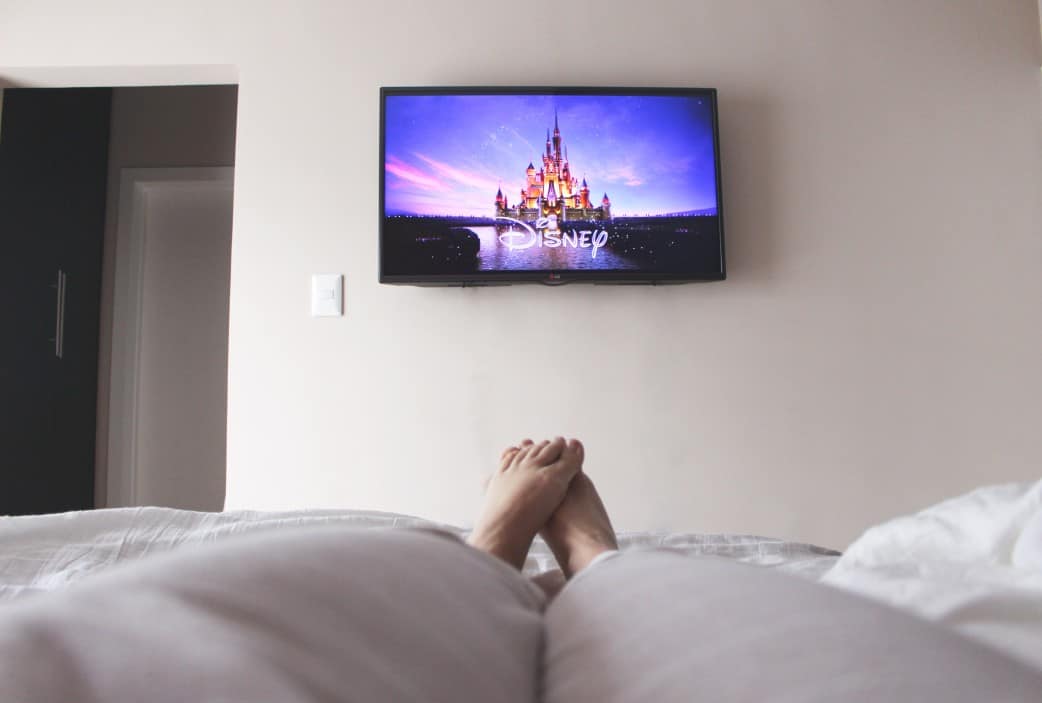
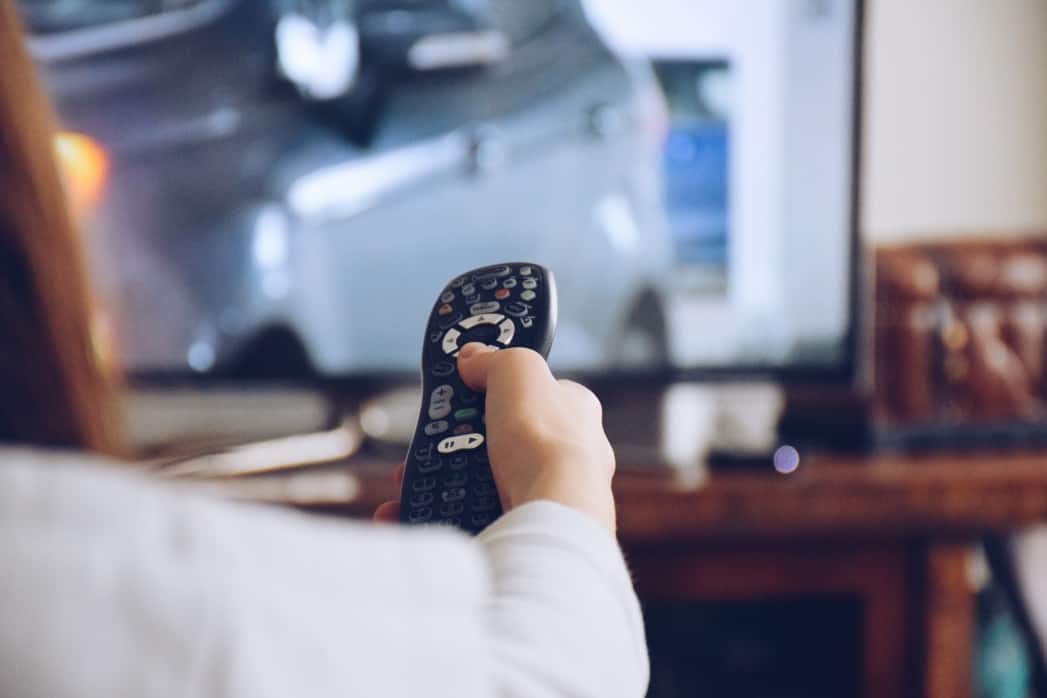

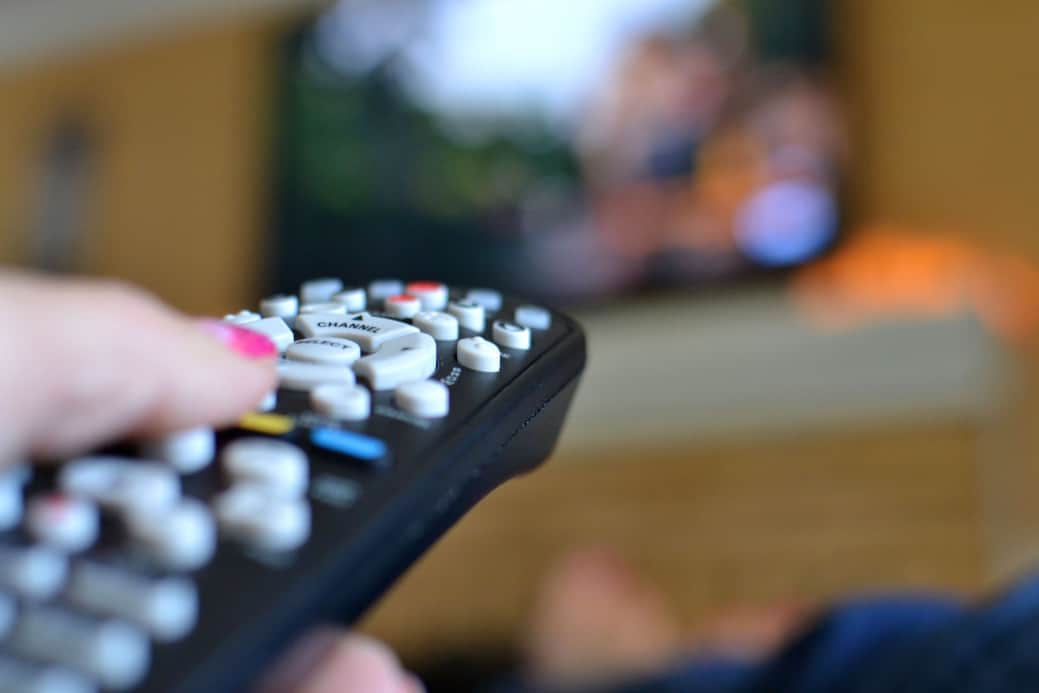
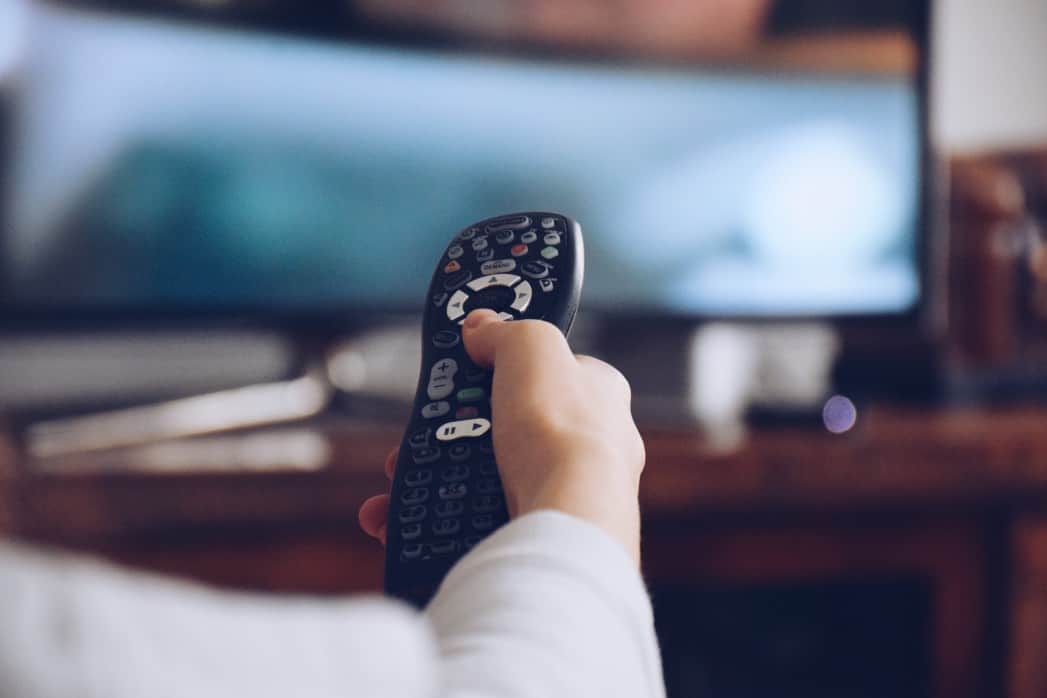
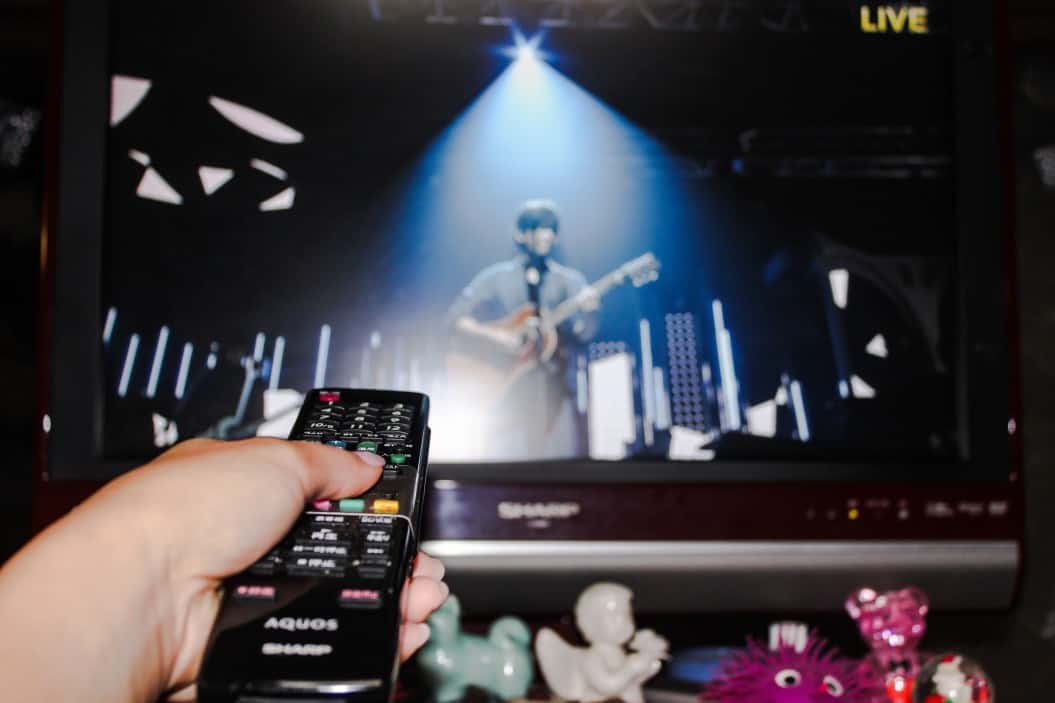

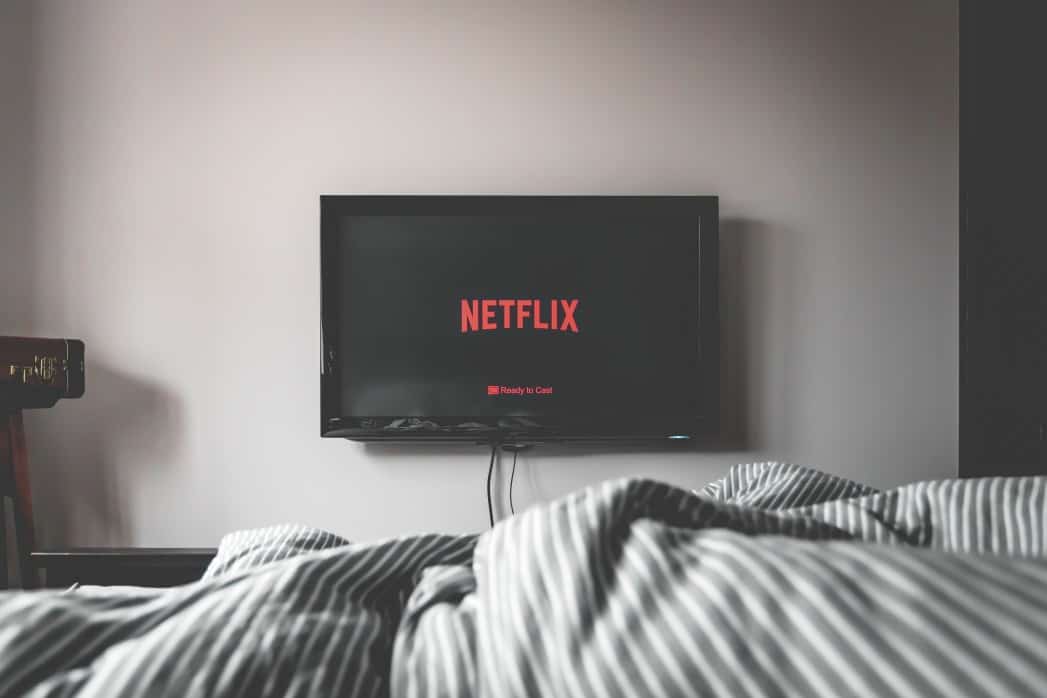
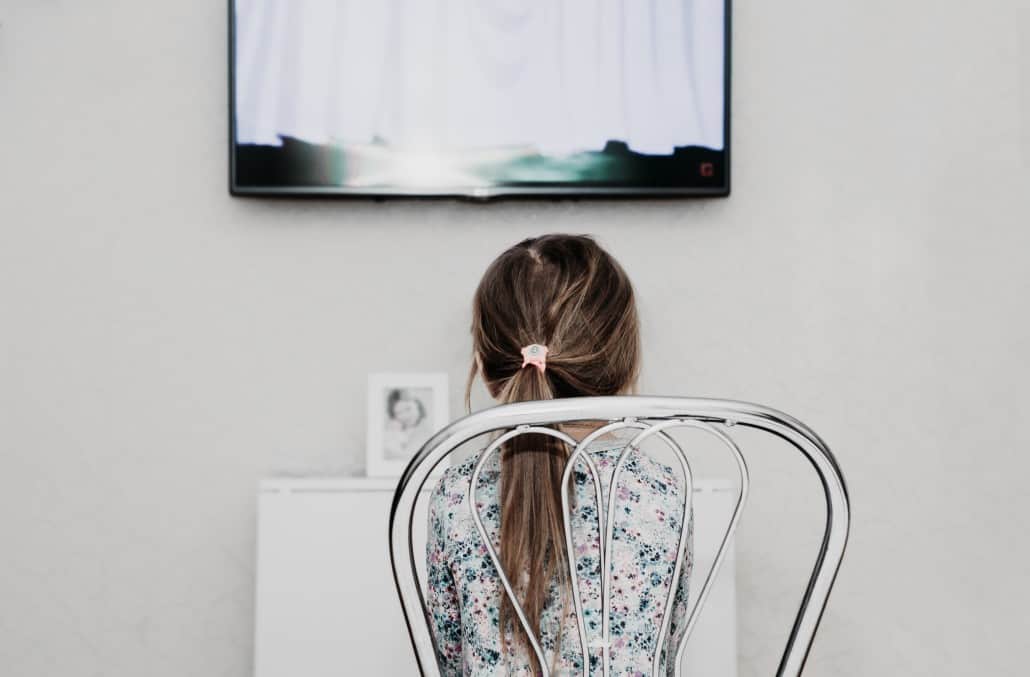
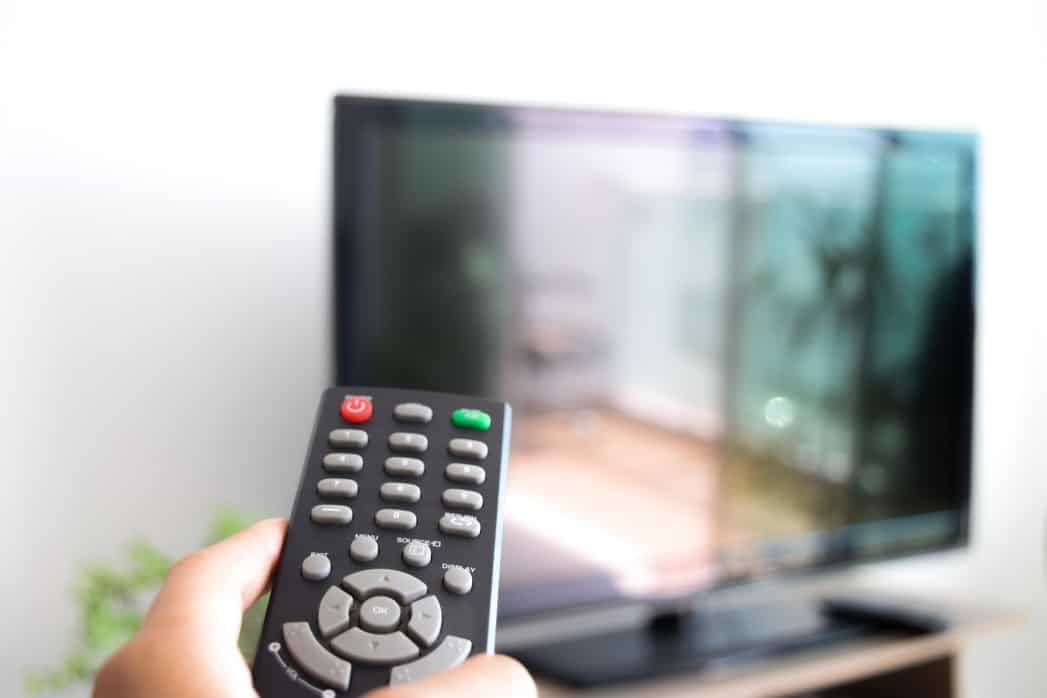
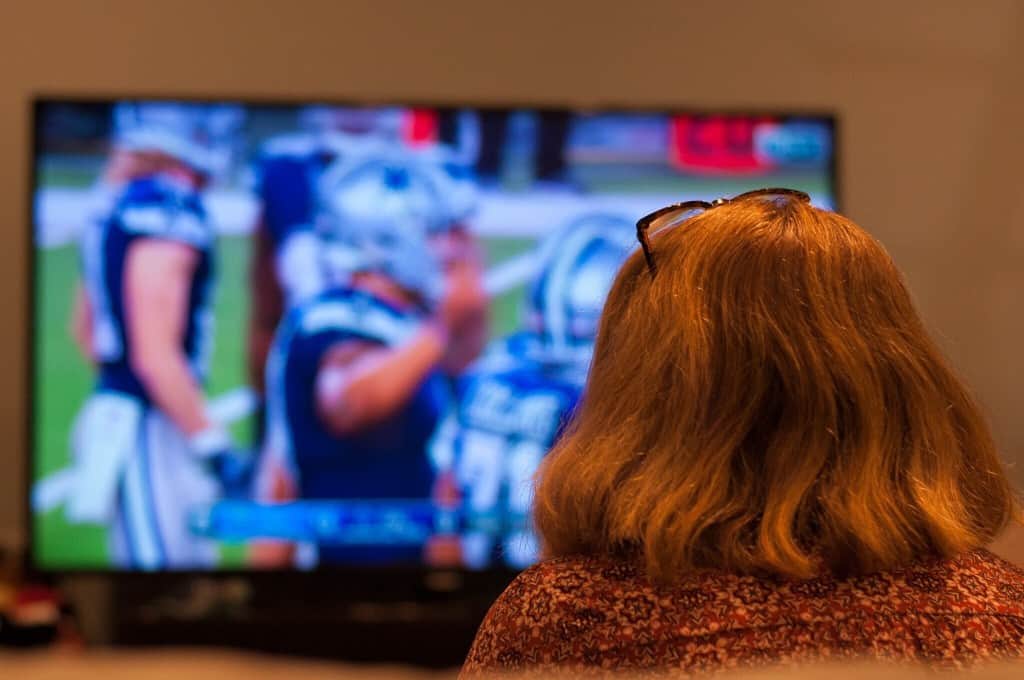
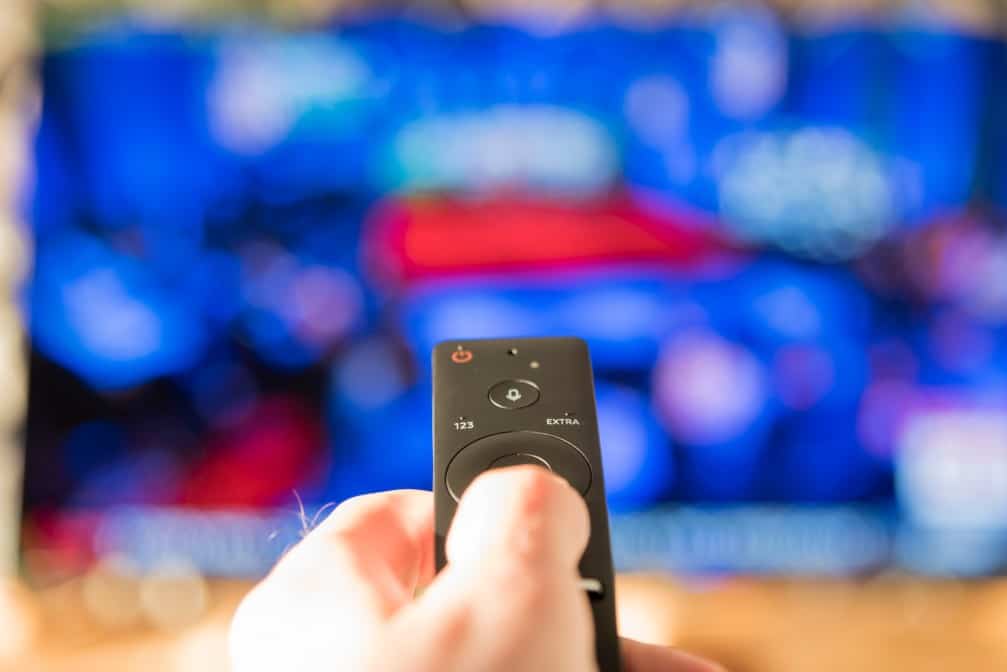
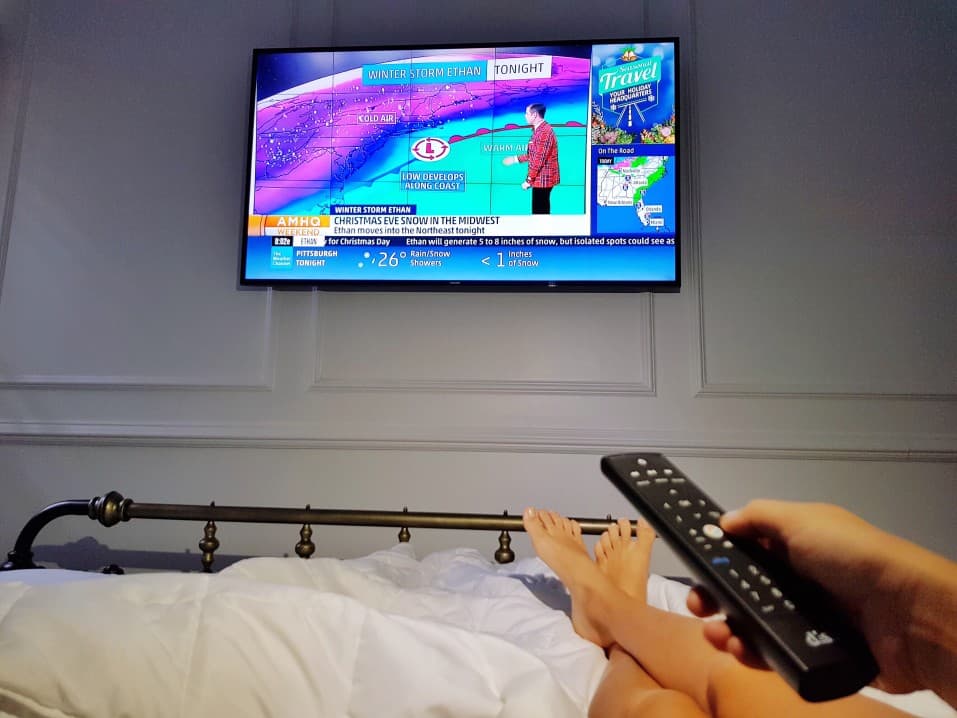
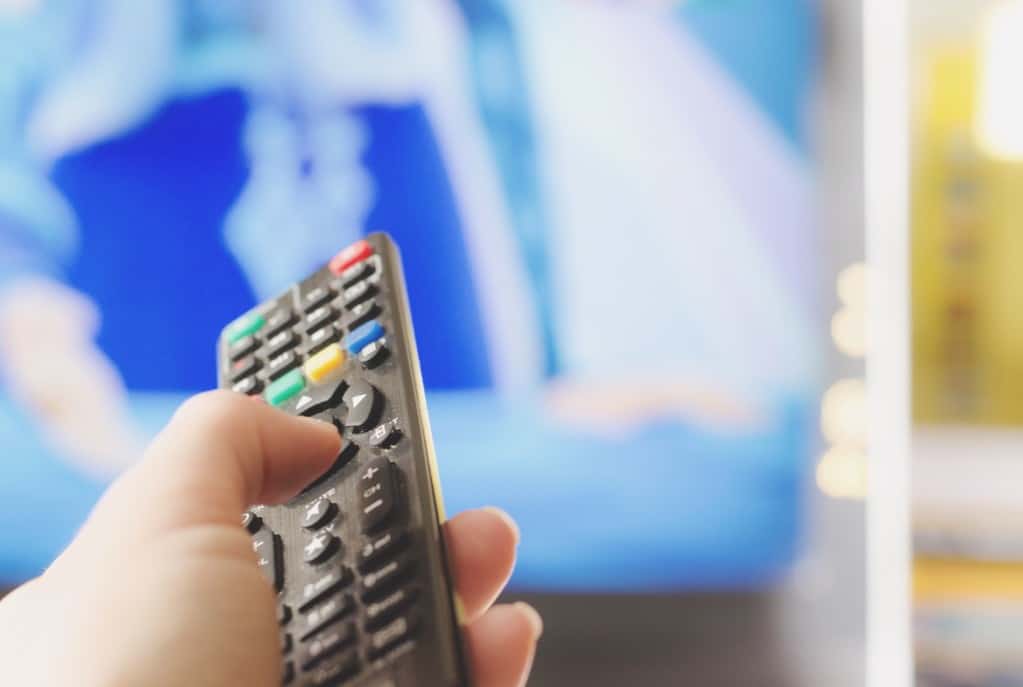
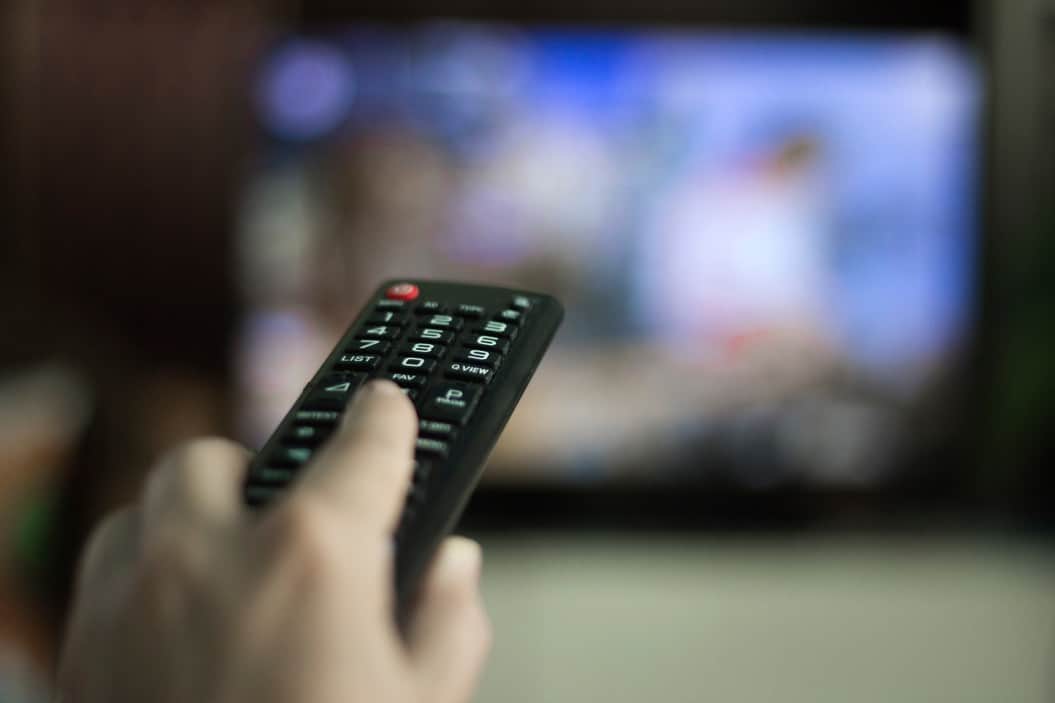
![Best Drones Under the Cost of Ferrari in [year] 25 Best Drones Under the Cost of Ferrari in 2025](https://www.gadgetreview.dev/wp-content/uploads/image-test-3.jpg)
![Best LEDs & LCDs in [year] ([month] Reviews) 26 Best LEDs & LCDs in 2025 (April Reviews)](https://www.gadgetreview.dev/wp-content/uploads/Samsung-UN65RU7100FXZA.jpg)
![Best Streaming Services in [year] ([month] Reviews) 27 Best Streaming Services in 2025 (April Reviews)](https://www.gadgetreview.dev/wp-content/uploads/netflix-750x422-1.png)
![Best Streaming Movie and Shows in [year] ([month] Reviews) 28 Best Streaming Movie and Shows in 2025 (April Reviews)](https://www.gadgetreview.dev/wp-content/uploads/Streaming-reviews.jpg)
![Best TVs in [year] ([month] Reviews) 29 Best TVs in 2025 (April Reviews)](https://www.gadgetreview.dev/wp-content/uploads/Sony-XBR55X810C-TV-1.jpg)
![Best Shows on Amazon in [year] ([month] Reviews) 30 Best Shows on Amazon in 2025 (April Reviews)](https://www.gadgetreview.dev/wp-content/uploads/The-Boys-750x474-1.jpg)
![Best Small TVs in [year] 31 Best Small TVs in 2025](https://www.gadgetreview.dev/wp-content/uploads/best-small-tv-image.jpg)
![Best 60 Inch TVs in [year] 32 Best 60 Inch TVs in 2025](https://www.gadgetreview.dev/wp-content/uploads/best-60-inch-tv-image.jpg)
![Best 50 Inch TVs in [year] 33 Best 50 Inch TVs in 2025](https://www.gadgetreview.dev/wp-content/uploads/best-50-inch-tv-imgr.jpg)
![Most Energy Efficient TVs in [year] 34 Most Energy Efficient TVs in 2025](https://www.gadgetreview.dev/wp-content/uploads/most-energy-efficient-tv-image.jpg)
![Best TVs for Apple TV in [year] 35 Best TVs for Apple TV in 2025](https://www.gadgetreview.dev/wp-content/uploads/best-tv-for-apple-tv-image.jpg)
![Best TV Antennas in [year] ([month] Reviews) 36 Best TV Antennas in 2025 (April Reviews)](https://www.gadgetreview.dev/wp-content/uploads/best-tv-antennas-image.jpg)
![Best Mitsubishi TVs in [year] 37 Best Mitsubishi TVs in 2025](https://www.gadgetreview.dev/wp-content/uploads/best-mitsubishi-tv-image.jpg)
![Best Smart TVs in [year] ([month] Reviews) 38 Best Smart TVs in 2025 (April Reviews)](https://www.gadgetreview.dev/wp-content/uploads/best-smart-tvs-image.jpg)
![Best Conference Room TVs in [year] 39 Best Conference Room TVs in 2025](https://www.gadgetreview.dev/wp-content/uploads/best-conference-room-tv-image.jpg)
![Best Dumb TVs in [year] 40 Best Dumb TVs in 2025](https://www.gadgetreview.dev/wp-content/uploads/best-dumb-tv-image.jpg)
![Best 80 inch TVs in [year] 41 Best 80 inch TVs in 2025](https://www.gadgetreview.dev/wp-content/uploads/best-80-inch-tv-image.jpg)
![Best Shows on Hulu in [year] ([month] Reviews) 42 Best Shows on Hulu in 2025 (April Reviews)](https://www.gadgetreview.dev/wp-content/uploads/The-Handmaids-Tale-750x422-1.jpg)

